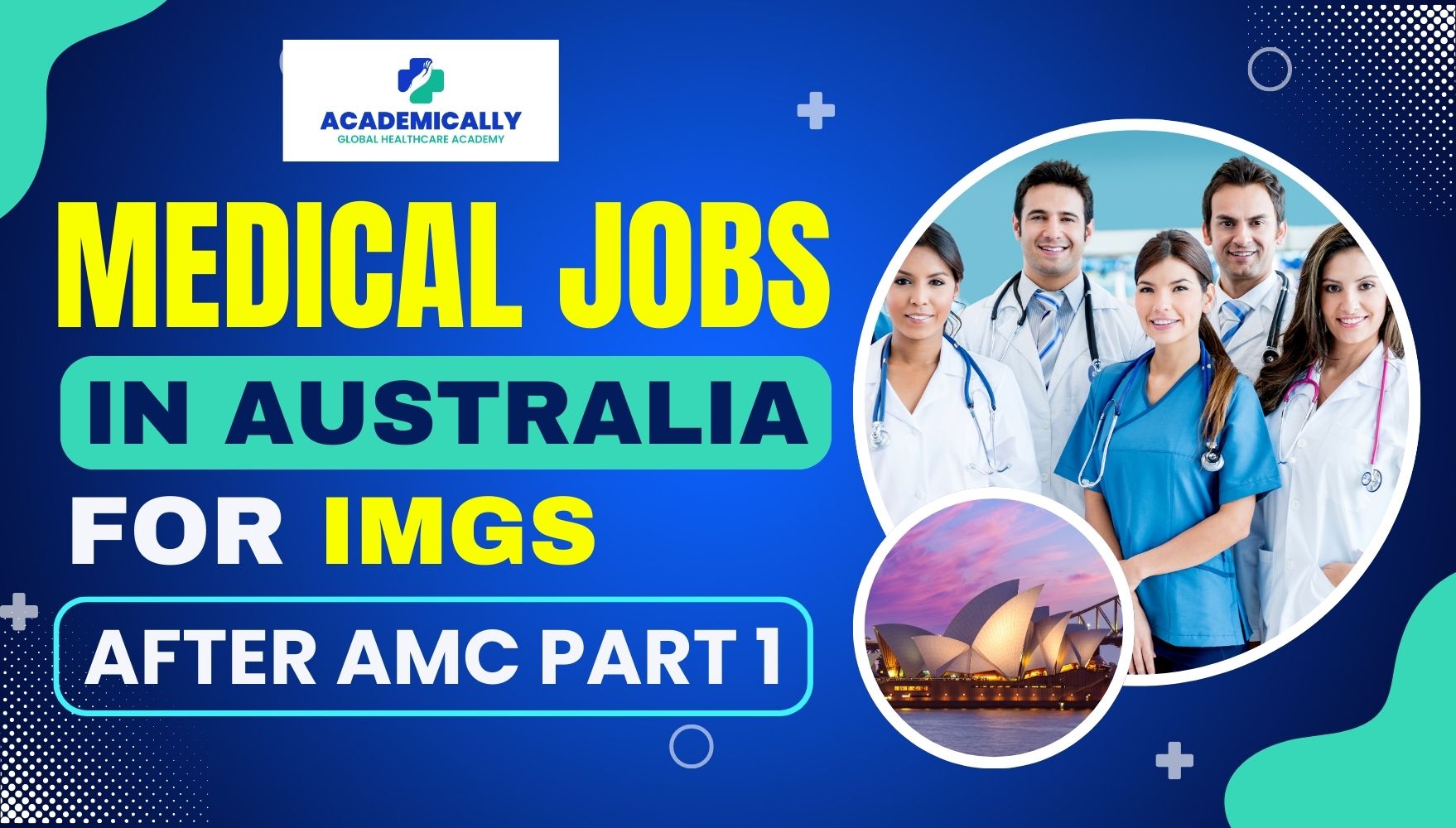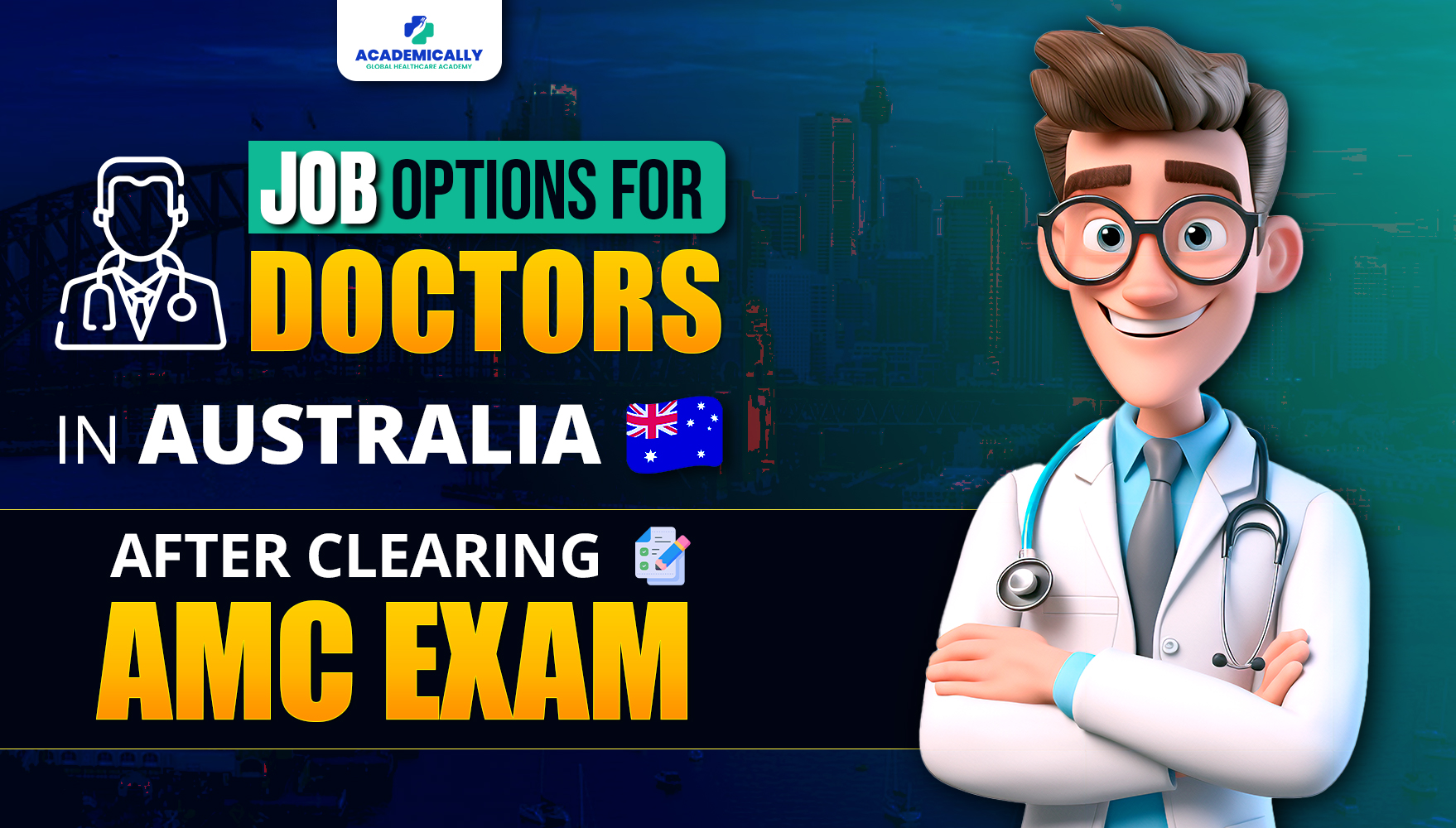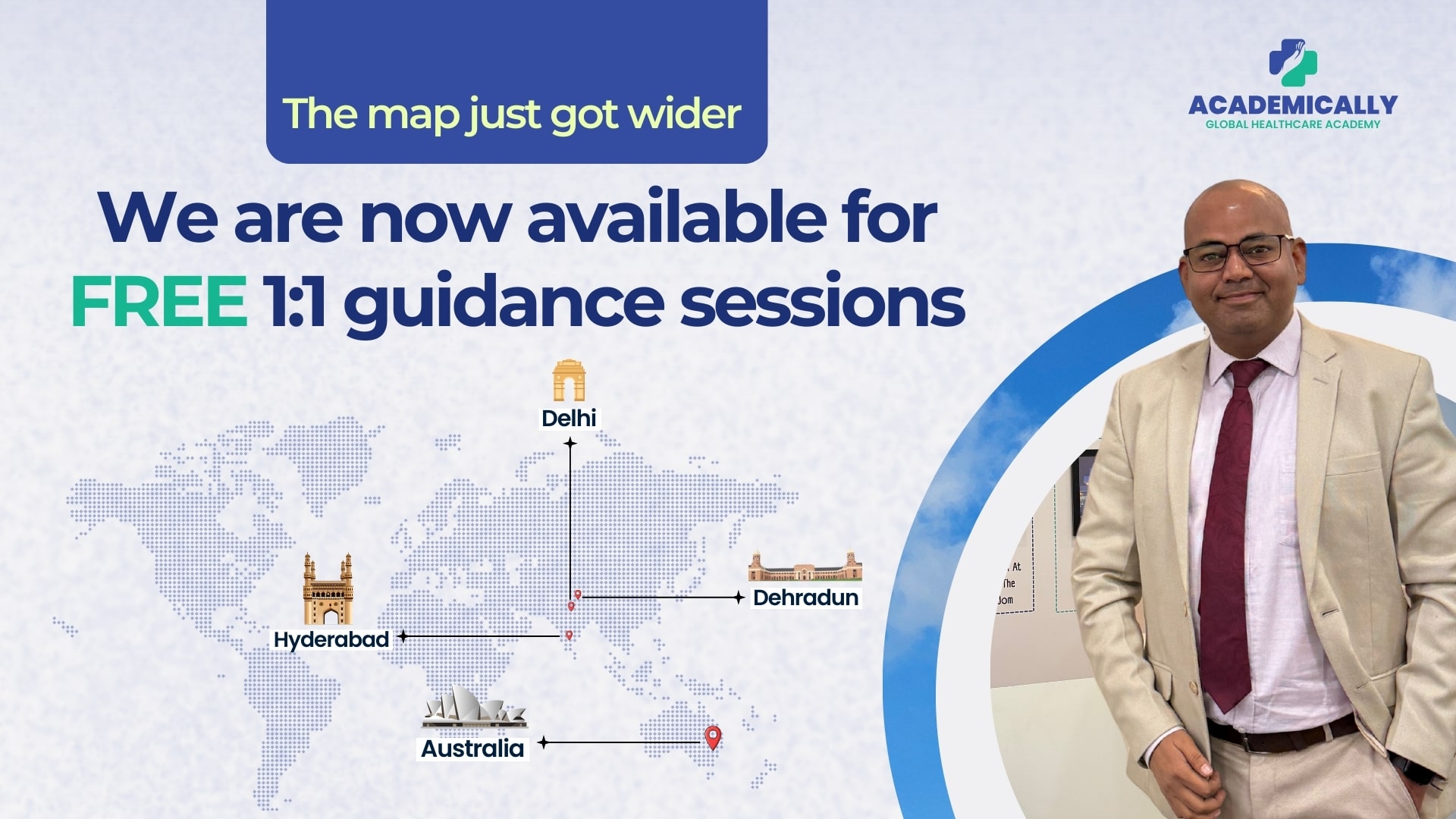Who Can Apply?
Once you’ve passed AMC Part 1 and met the English requirement, you’re eligible to apply for supervised practice roles. These jobs are available in public hospitals across the country.
You can apply for non-consultant positions such as:
- Intern (PGY1)
- Junior Medical Officer (JMO)
- Resident Medical Officer (RMO)
- Senior RMO (SRMO)
- Registrar
- Fellow (non-accredited roles)
Note: Consultant and VMO (Visiting Medical Officer) positions require full registration and Australian specialist recognition, so those come later.
Where Can You Apply?
Each state in Australia has its own official recruitment portal. It’s a good idea to create accounts and set job alerts on these sites:
What Do You Need to Apply?
Before you hit that ‘Apply’ button, make sure you’ve got:
- AMC Part 1 pass certificate
- IELTS or OET score (as per AHPRA standards)
- Updated CV (highlighting relevant clinical experience)
- Referee reports from your supervising doctors
- A clear, honest cover letter explaining your motivation to work in Australia
- AMC Portfolio Number
- Other supporting documents (medical degree, internship certificate, etc.)
Tips to Market Yourself
Here’s how you can stand out among the pool of applicants:
1. Showcase any experience in English-speaking healthcare settings.
2. Be flexible — rural or regional jobs often have fewer applicants and are IMG-friendly.
3. Use online platforms smartly:
- Seek.com.au or Indeed Australia
- Facebook groups like Doctors Down Under
4. Join IMG communities on WhatsApp or Telegram — lots of job leads get shared there.
5. Consider observerships or clinical attachments — they give you exposure and help build local references.
What Happens After You Get a Job?
Once you’re offered a position, your next step is to apply for limited/supervised registration with AHPRA. This allows you to work under supervision while you prepare for AMC Clinical (Part 2).
Many doctors clear AMC Part 2 while working, and this hands-on experience in the Aussie healthcare system helps a lot.
Final Thoughts
Australia really is a land of opportunity for overseas-trained doctors, but planning is everything. Start by clearing AMC Part 1 and your English test, apply across states, and be open to roles beyond big cities.
Want guidance on AMC prep or job hunting? Academically Global has helped thousands of IMGs just like you, and we’re here to support you every step of the way.




